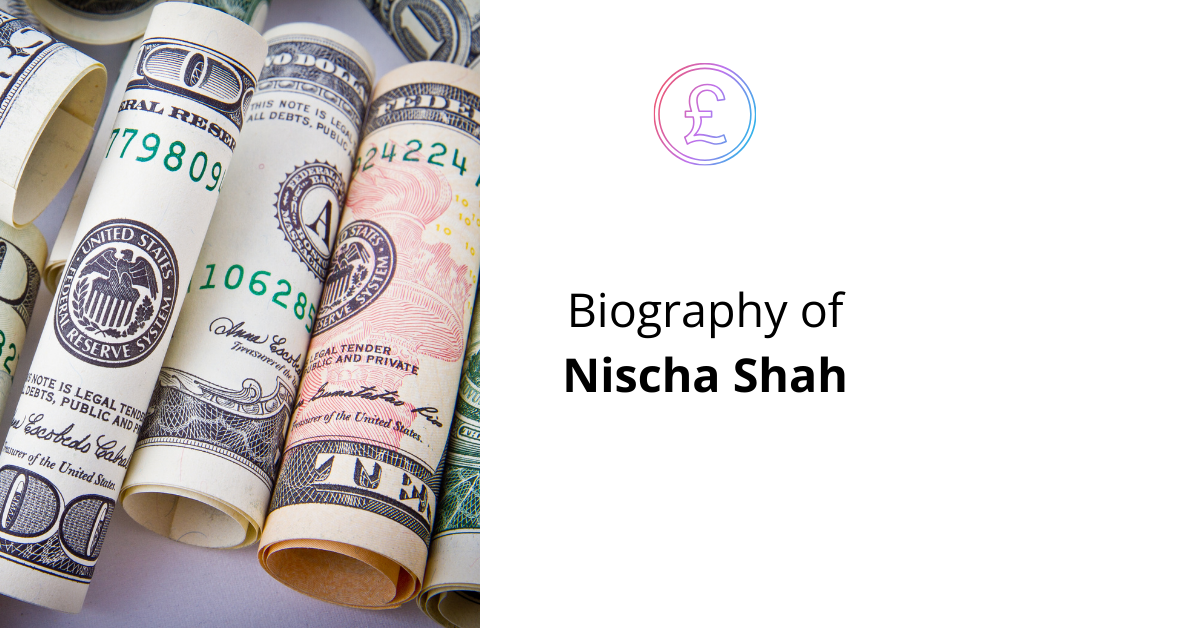Android the indisputable leader in the mobile operating system market.
Introduction-
Andy Rubin is the man behind the success of Android.
Since his childhood, Andrew E. Rubin (Andy Rubin) was very fascinated by electronics because his father ran a marketing firm which dealt with photographing the latest electronic gadgets.
In 1986, he was awarded a Bachelor of Science degree in computer science from Utica College, New York.
After completing the graduation, Rubin briefly ran a computer bulletin board system (BBS).
Later, he worked as a robotics engineer at Carl Zeiss AG.
Apple was one of Rubin’s favourite companies and he always longed to work there.
An interesting series of events landed him a job at Apple.
On one fine day, Rubin was holidaying on the beach in the Cayman Islands where he accidentally met an Apple engineer, Bill Caswell.
He offered Caswell a place to stay after he had been expelled from his vacation cottage by his girlfriend.
Later, Caswell returned Andy Rubin’s favour by offering him a job at Apple.
So, in 1989 Rubin started working as a manufacturing engineer at Apple.
While working at Apple, he got inspired to invent Android and his work experience at Apple helped him immensely.
Later, in 1992, Rubin left Apple to work as an engineer for General Magic.
General Magic is an Apple spin-off company founded in May 1990.
In 1995, he left General Magic to join WebTV (MSN TV).
On December 1, 1999, Rubin along with Joe Britt and Matt Hershenson founded Danger Inc.
This company produced the famous T-Mobile Sidekick and in February 2008, Microsoft acquired Danger Inc.
Birth of Android-
The journey of Android begins with Nick Sears meeting Rubin.
During that time, Nick was working at T-Mobile and Rubin was the CEO of Danger Inc.
Rubin and Nick had another friend in common and they observed that only a few handful new products were being launched into the market that too in very untimely fashion because of the absence of an open platform.
So, these friends decided to build an open source platform called Android.
Android Inc. was founded in October 2003 by Andy Rubin, Rich Miner, Nick Sears, and Chris White.
The main motto of the Android project was to develop an operating system for mobile devices which made them smarter.
From 2003, they started to work on Android.
Starting with digital cameras-
During the initial days, Android was planning to build an advanced operating system for digital cameras.
In April 2004, the Android team pitched this idea to the investors.
Later, the company realised that the market for digital cameras is not big enough.
So, after a period of five months, they decided to build an operating system for handsets (mobiles) in order to compete with the other popular mobile operating systems at that time, Nokia’s Symbian and Microsoft Windows Mobile.
But this idea was not well received by the investors as they were not willing to fund this project. By this the Android project was unable to gain traction.
During this period, Android Inc. was financially struggling and they were not in a position to even pay the office rent.
Rubin disliked seeking financial help from anyone but at that time the situation of Android was very alarming.
This made him to request a loan from his close friend Steve Perlman.
Luckily, Perlman loaned $10,000 and helped Android Inc. in those difficult times.
Later, Perlman provided an undisclosed amount as seed funding for Android.
During that time, many people believed that developing Android was a crazy idea.
Merging into Google-
Luckily, the Android project caught the attention of Larry Page, co-founder of Google and he became an early supporter of Android.
At that time, Larry Page was working as Google’s president of products and he asked an executive to meet Rubin.
During this meeting, Google informed Rubin that they were very impressed by the Android and thus wanted to offer them help.
Later, in the first week of January, 2005, Rubin and Nick drove to the Mountain View campus of Google to meet Larry Page and Sergey Brin, the co-founders of Google.
This meeting went very well with Larry Page praising the previous work of Rubin.
He described the T-Mobile Sidekick (Danger Hiptop), which was created by Rubin’s previous startup, Danger Inc. as one of the best phones.
In this meeting, Sergey Brin inquired Rubin about the Danger OS which powered T-Mobile Sidekick.
As the meeting ended, Google developed an interest for Android.
So, after forty-five days, Google called all the co-founders of Android Andy Rubin, Rich Miner, Nick Sears, and Chris White for a second meeting.
This time, the Android founders showcased the prototype of their software to Google.
The best thing to happen-
During this time the best thing happened for the financially struggling Android as Google offered to acquire Android.
This announcement ripped apart the co-founders of Android, as Andy Rubin, Nick Sears, and Chris White were ready to accept Google’s offer except Rich Miner.

Finally, in July 2005, Google acquired Android for around 50 million dollars.
On July 11, 2005 the whole Android team moved to Googleplex, the corporate headquarters complex of Google located at Mountain View.
New era of touchscreens-
In 2007, before the announcement of the iPhone, Google developed an early prototype phone by name, Google Sooner (HTC EXCA 300) for developmental purposes.
This mobile lacked a touch-screen and instead had a QWERTY keypad and was made to compete with the likes of BlackBerry and Symbian phones.
This phone was never launched into the market.
Everything changed on January 9, 2007 when Steve Jobs announced the first iPhone at the Macworld convention.
The first iPhone was very futuristic as it sported a touchscreen.
Thanks to this landmark phone, Android went through many major changes and began to support touchscreens.
Later, on September 23, 2008, T-Mobile G1 (HTC Dream) was announced to compete with the other touch screen mobiles at that time like LG Prada and first generation iPhone.
First Android phone-
T-Mobile G1 was the first commercial smartphone to run Android and it ran on Android version 1.0.
This mobile featured many interactive features like web browser, Wi-Fi, Bluetooth, Gmail integration, support for widgets, pull-down settings menu and many more customization features.
Thanks to the limitless customization features, Android succeeded to make a mark in the minds of the mobile phone users.
The initial Android devices like HTC Dream lagged a bit but over the years the Android devices greatly improved by becoming smoother, refined and more polished.
Year after year, Google started to release a new version of Android by bringing in many new features thus making Android even more robust and user-friendly.
Dominating the smartphone market–
In the initial smartphone days, many major companies like Samsung, LG and HTC made phones which ran on Windows.
The phone makers had to pay a licensing fee to Microsoft for using Windows on their phones.
The Android OS gained prominence when on November 5, 2007; the Open Handset Alliance(OHA) was formed to develop the open platform for mobile devices.
This move helped Android to develop an entire ecosystem of android phone partners.
This alliance included many major technology companies like HTC, Motorola, Samsung, Sprint, T-Mobile, Qualcomm, etc.
Many mobile manufacturers were interested to include Android OS on to their mobiles because unlike Microsoft, Google provided Android free of cost to them.
Because of this, many mobile phone makers made Android mobiles and slowly, Windows mobiles started losing ground.
Google always wanted Android to run on as many mobile phones as possible because more Android users means more Google searches, which means more money for Google as Google earns most of its revenue from searches.
With this money earned, Google has been able to support Android and distribute Android for free of cost to the mobile phone manufacturers, thus creating a win-win situation for both Google and the mobile phone makers.
By offering the features of customization, openness and choice to its users, Android became even more successful.
Today, there are more than 2.5 billion active Android devices worldwide.
Android is a very versatile OS running on many devices like tablets, televisions (Android TV), cars (Android Auto), smart watches (Wear OS), gaming consoles, digital cameras, refrigerators, ovens and thermostats.
Android One program-
In September 2014, Google launched the Android One program for developing countries.
By Android One, Google offers a near-stock version of the Android operating system for the budget range mobile phones.
With this program, Google provides regular security updates for three years and operating system updates for two years.
On October 31, 2014, Andy Rubin left Google and a year later, he founded Essential (Essential Products).
Essential sells the Essential Phone and its accessories.
Fulfilling every need-
Google Play has over 2.6 million applications which fulfill every technological need of a customer.
Thanks to the open source nature of Android and its huge user base, many app developers are incentivised to develop applications for the Android platform.
This benefits both the users and the developers.
Also, an Android device is available for every specific need at any given budget, thanks to the many OEMs (Original equipment manufacturers) who manufacture Android devices.
Making our lives sweeter-
The Android versions have been traditionally named after desserts (except Android 10) starting from Cupcake, Donut, Éclair, Froyo, Gingerbread, Honeycomb, Ice Cream Sandwich, Jelly Bean, KitKat, Lollipop, Marshmallow, Nougat, Oreo to Pie.
The Android devices make our lives sweeter and so they were named after desserts.
The green coloured Android logo was designed by Irina Blok, a graphic designer and an artist.
Feedback from readers is highly appreciated; it helps me to deliver better results to you.
Featured image credit- Wikimedia Commons



0 Comments